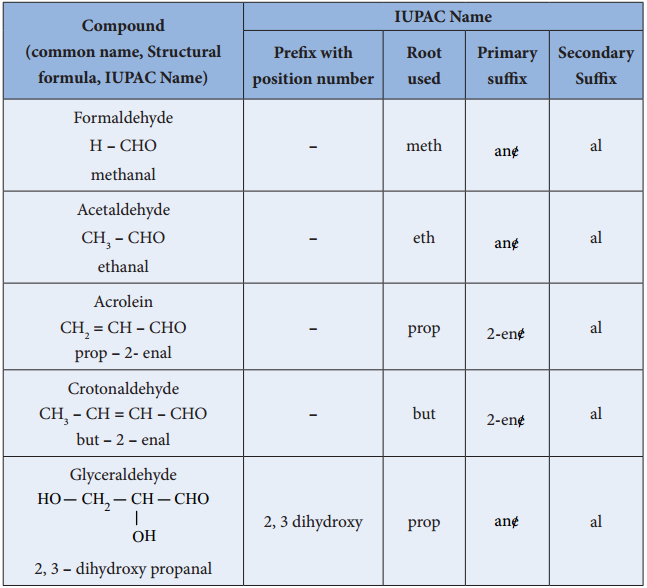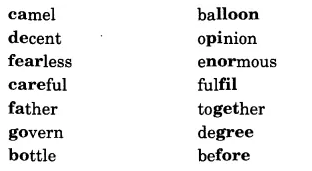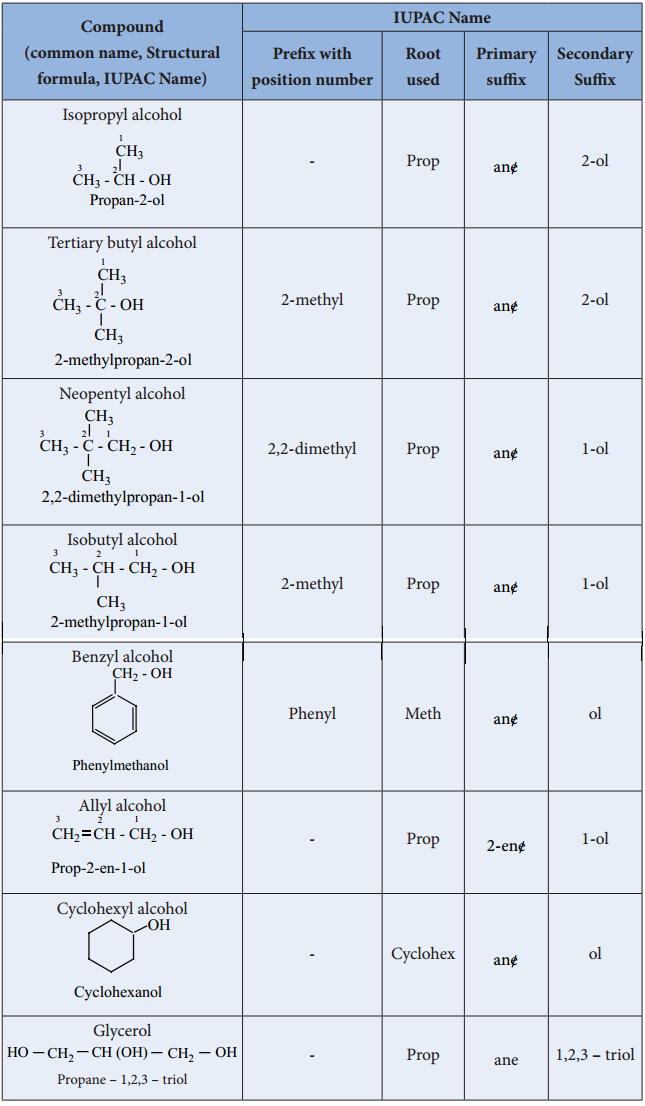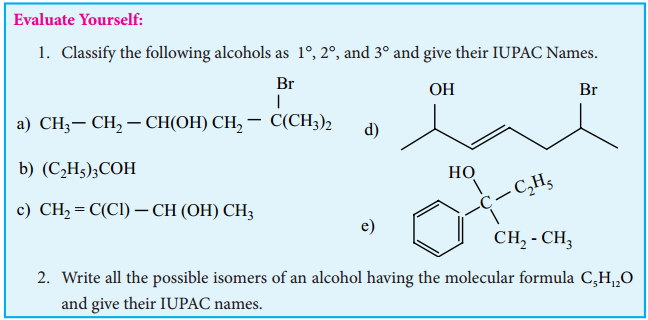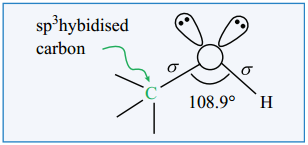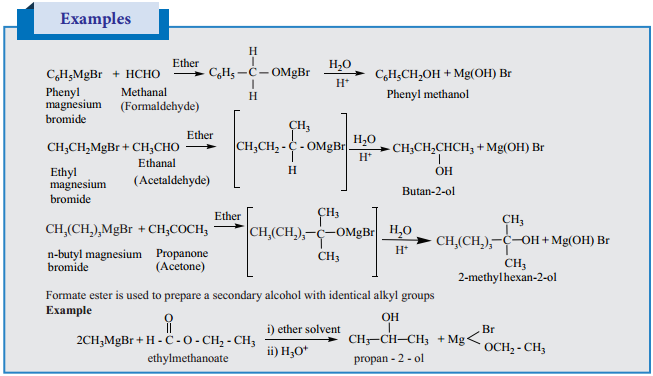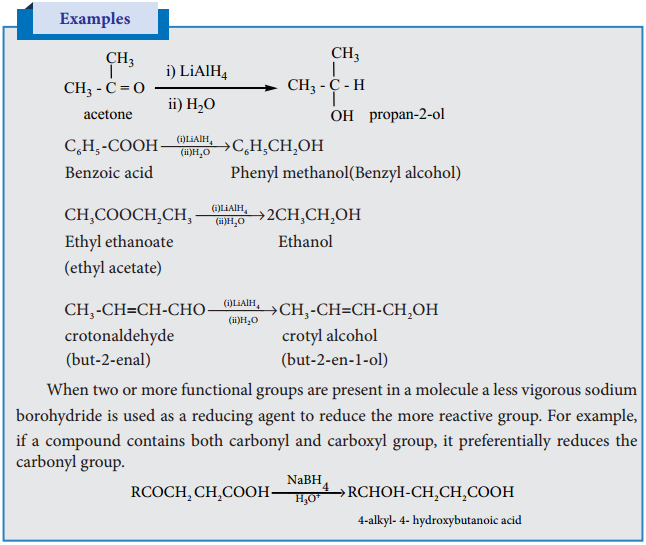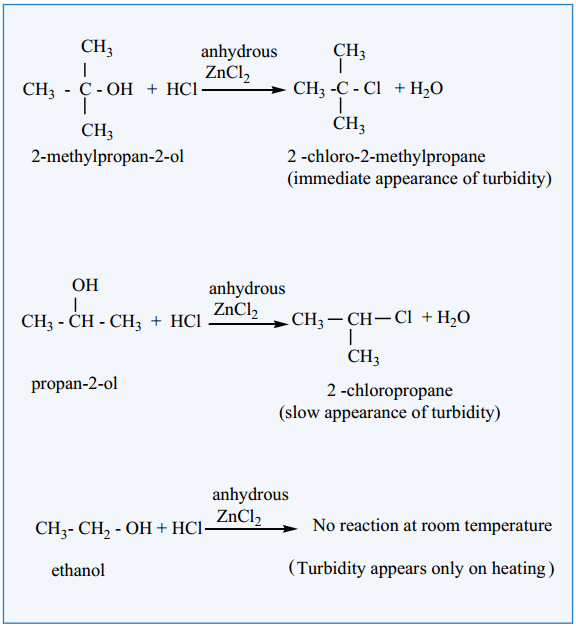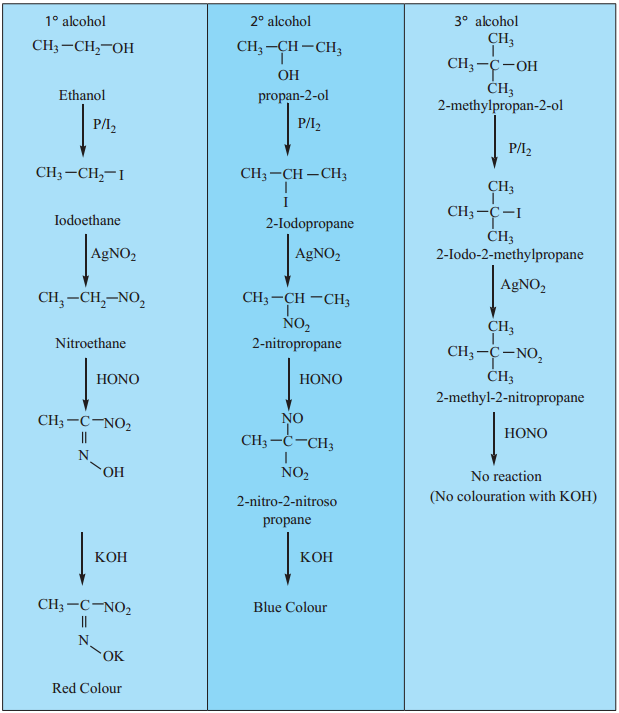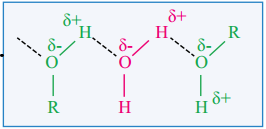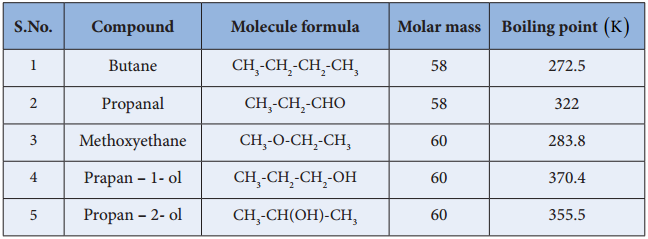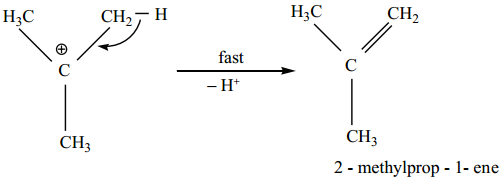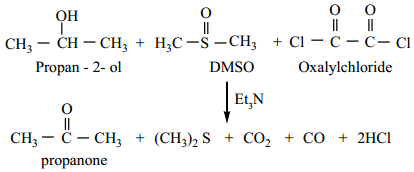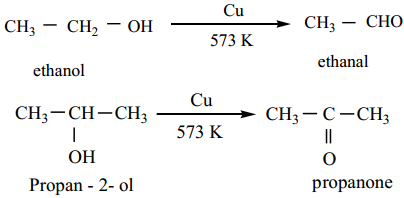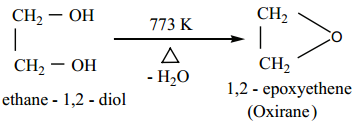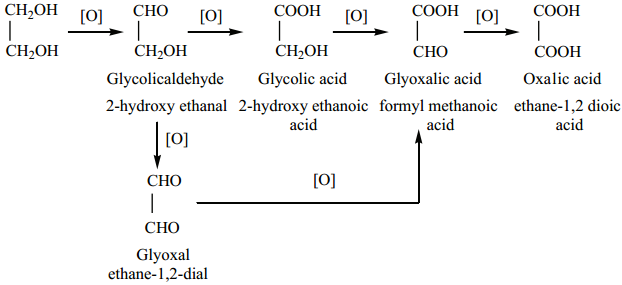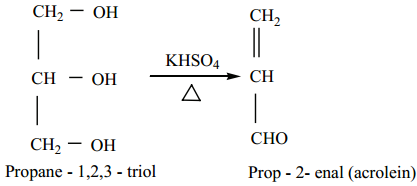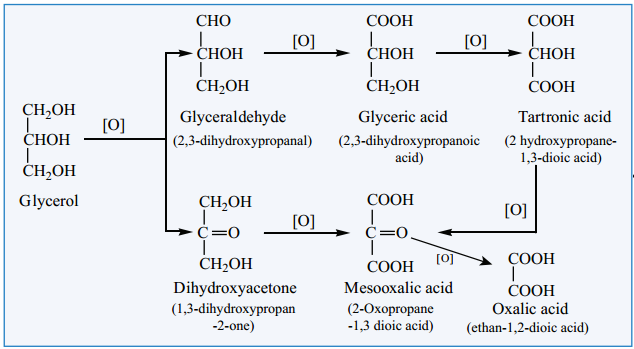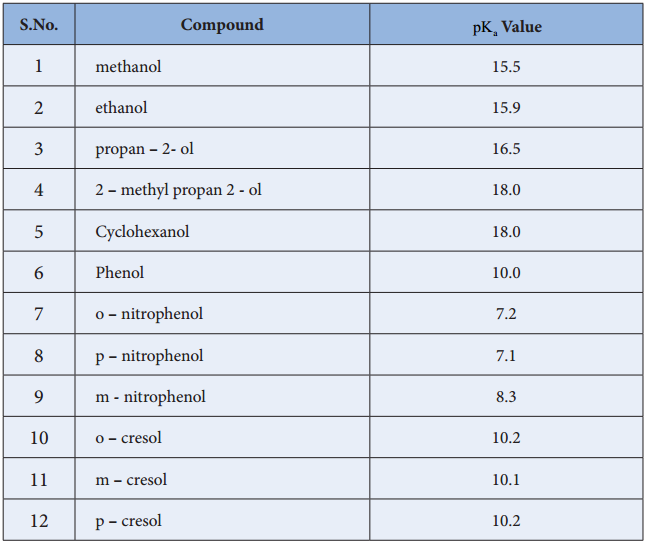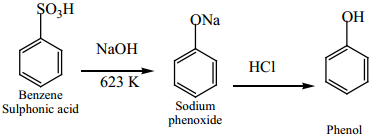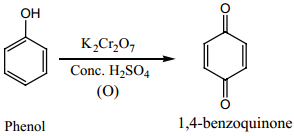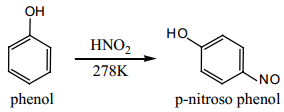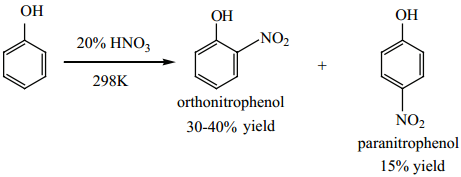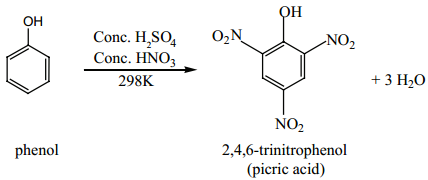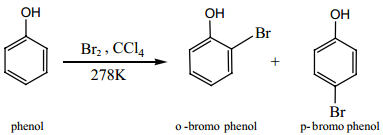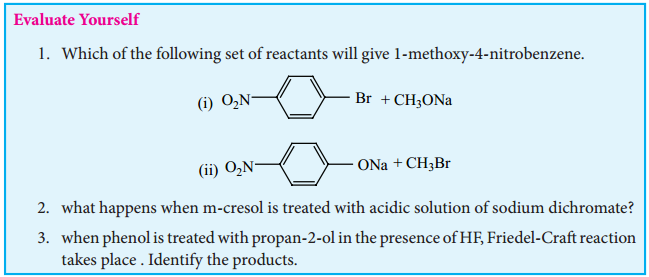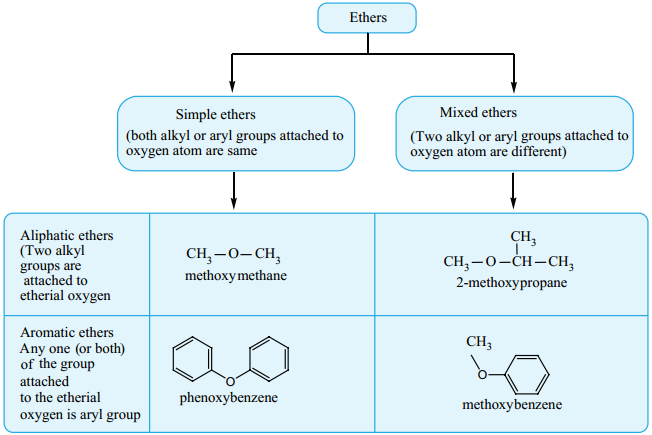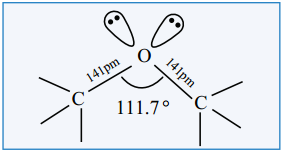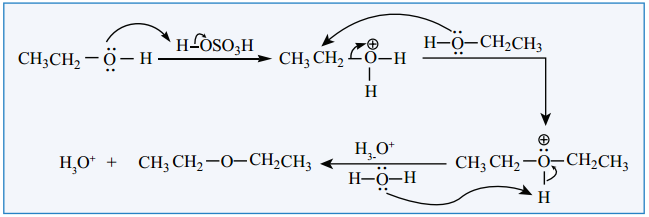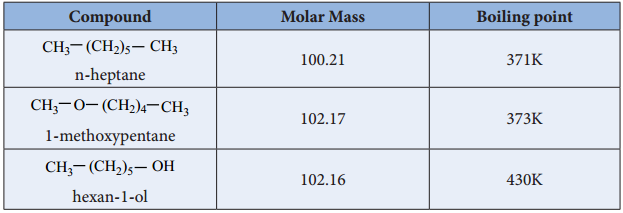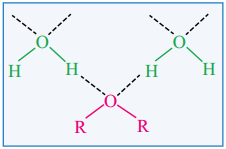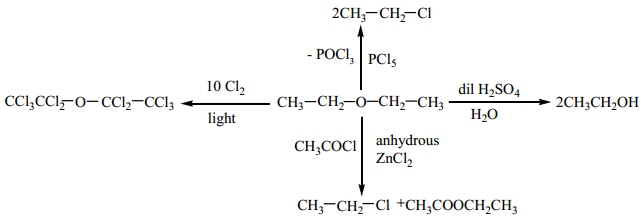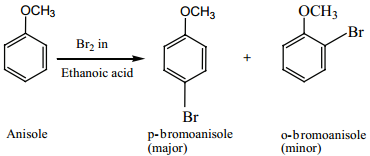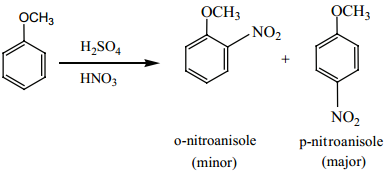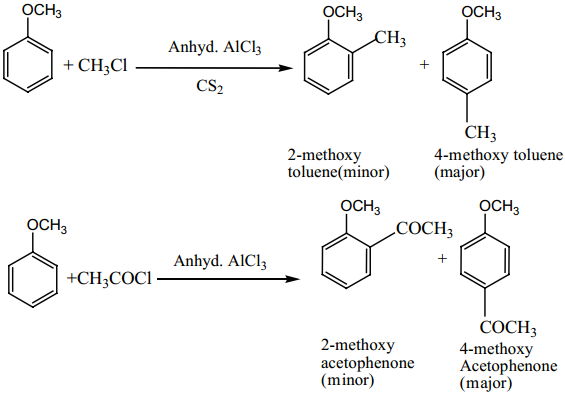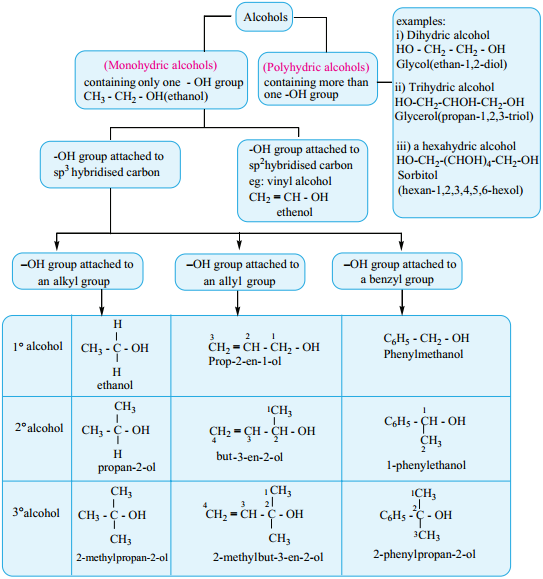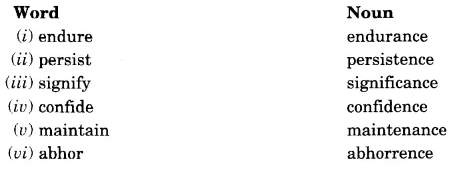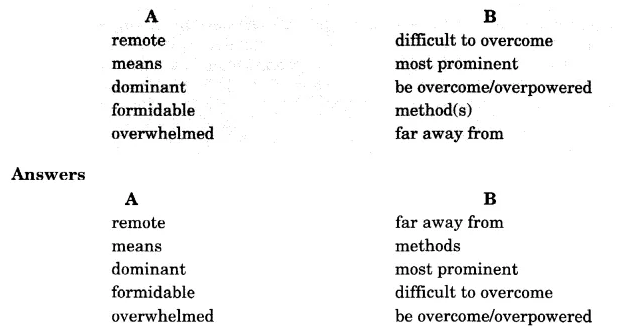NCERT Solutions for Class 9 Hindi Kritika Chapter 5 किस तरह आखिरकार मैं हिंदी में आया
These Solutions are part of NCERT Solutions for Class 9 Hindi. Here we have given NCERT Solutions for Class 9 Hindi Kritika Chapter 5 किस तरह आखिरकार मैं हिंदी में आया.
पाठ्यपुस्तक के प्रश्न अभ्यास
प्रश्न 1.
वह ऐसी कौन सी बात रही होगी जिसने लेखक को दिल्ली जाने के लिए बाध्य कर दिया?
उत्तर:
लेखक ने जिस समय देहरादून से दिल्ली आने का जिक्र किया है उस समय वह बेरोजगार था। वह कोई काम नहीं करता था। उसकी इस स्थिति पर घर के किसी सदस्य ने व्यंग्यपूर्वक ऐसी कठोर बात कह दी होगी जिससे उसका स्वाभिमान आहत हो गया होगा जिसके कारण वह उसी हाल में घर छोड़कर दिल्ली आ गया।
प्रश्न 2.
लेखक को अंग्रेजी में कविता लिखने का अफसोस क्यों रहा होगा?
उत्तर:
एक बार जब बच्चन जी ने लेखक के लिए नोट लिखा तो उसने बच्चन जी के उसे नोट का जवाब देने का निर्णय लिया, किंतु अपनी आदत से मजबूर वह पत्रोत्तर न दे सका। इसके बदले में उसने एक अंग्रेजी कविता (सॉनेट) लिख डाला। इस सॉनेट को जब बच्चन ने पढ़ा तो उन्हें यह स्तरानुरूप नहीं लगा।
इधर लेखक को इलाहाबाद का साहित्यिक वातावरण, मित्रों का सहयोग, बच्चन, निराला तथा पंत जैसे साहित्यकारों का मार्गदर्शन उसे हिंदी में लेखन करने के लिए प्रोत्साहित कर रहा था। यह सब देख उसने हिंदी में लिखने का निर्णय लिया जो बाद में भी चलता रहा। इस प्रकार अंग्रेजी में लिखने का उसका प्रयास व्यर्थ गया जिसका उसे अफसोस रहा।
प्रश्न 3.
अपनी कल्पना से लिखिए कि बच्चन ने लेखक के लिए ‘नोट’ में क्या लिखा होगा?
उत्तर:
बच्चन जी स्टूडियो में लेखक से मिलने आए। वहाँ उन्होंने लेखक द्वारा बनाई गई पेंटिंग्स देखी होंगी और प्रभावित हुए बिना न रह सके होंगे। उन्होंने लेखक के लिए जो नोट लिखा होगा उसमें पेंटिंग्स की प्रशंसा की होगी तथा लेखक के उज्ज्वल भविष्य की कामना की होगी। उन्होंने लिखा होगा कि इलाहाबाद आकर लेखक उनसे मिले।
प्रश्न 4.
लेखक ने बच्चन के व्यक्तित्व के किन-किन रूपों को उभारा है?
उत्तर:
इस पाठ में लेखक ने बच्चन जी के व्यक्तित्व के अनेक रूपों को उभारा है, जिनमें से कुछ निम्नलिखित हैं
- बच्चन जी का स्वभाव अत्यंत दयालु था। उनका हृदय मक्खन-सा मुलायम था।
- उनका स्वभाव संघर्षशील, दूसरों के लिए प्रेरणादायी, परोपकारी तथा फौलादी संकल्प वाला था। दूसरों की सहायता करने का अवसर वे कभी न छोड़ते थे।
- बच्चन जी समय के बड़े पाबंद थे। वे कहीं भी अपने नियत समय पर पहुँचते थे।
- वे किसी से छल-कपट पूर्ण व्यवहार नहीं करते थे।
- वे नए साहित्यकारों की मदद धन, समय और प्रेरणा के माध्यम से किया करते थे।
- वे वाणी के धनी थे। जो कहते थे उसे अवश्य पूरा करते थे।
प्रश्न 5.
बच्चन के अतिरिक्त लेखक को अन्य किन लोगों का तथा किस प्रकार का सहयोग मिला?
उत्तर:
बच्चन जी के अलावा लेखक को अनेक व्यक्तियों का सहयोग विभिन्न रूपों में मिला। दिल्ली आकर उकील आर्ट स्कूल में उसे गुरुवर श्री शारदा चरण जी ‘उकील’ का सहारा मिला, जिन्होंने बिना फ़ीस लिए ही दाखिला दिया। चित्रकला सीखते समय उसके भाई तेज बहादुर का आर्थिक सहयोग मिला। वे कभी-कभी रुपये भेज दिया करते थे। इलाहाबाद में लेखक को ‘पंत’ और ‘निराला जी’ का सहयोग मिला। पंत जी के सहयोग से उसे हिंदू बोर्डिंग हाउस में फ्री सीट मिल गई तथा इंडियन प्रेस से अनुवाद का काम मिल गया।
उसे लेखन के लिए मार्गदर्शन एवं प्रोत्साहन भी इन कवियों से मिला। लेखक को अपनी ससुरालवालों से भी सहयोग मिला। वहाँ उसने-कंपाउंडरी सीखी और नुस्खे पढ़ना सीखा। इसके अलावा लेखक के भाई के मित्र ब्रजमोहन से भी उसे सहयोग मिला, जिन्होंने बच्चन जी से देहरादून में उसकी मुलाकात करवाई।
प्रश्न 6.
लेखक के हिंदी लेखन में कदम रखने का क्रमानुसार वर्णन कीजिए।
उत्तर:
सन् 1937 में लेखक की मुलाकात ‘पंत’ और ‘निराला’ जैसे साहित्यकारों से हुई।
उनसे प्राप्त संस्कार, इलाहाबाद-प्रवास और इलाहाबाद का साहित्यिक वातावरण और मित्रों से मिलने वाले साहित्यिक सानिध्य ने लेखक को बहुत प्रभावित किया। उस समय तक लेखक की कुछ कृतियाँ ‘सरस्वती’ और ‘चाँद’ पत्रिका में छप चुकी थीं।
इसी बीच बच्चन जी ने उसे एक नए प्रकार के स्टैंजा के बारे में बताया जिसमें लिखने का प्रयास लेखक ने किया। संयोग से ‘सरस्वती’ पत्रिका में छपी एक रचना ने “निरालाजी’ का ध्यान आकृष्ट किया। लेखक ने कुछ निबंध लिखे। इसके बाद वह ‘रूपाभ’ ऑफिस में प्रशिक्षण लेकर ‘हंस’ के कार्यालय में चला गया। इस प्रकार लेखक ने क्रमशः हिंदी जगत् में प्रवेश किया।
प्रश्न 7.
लेखक ने अपने जीवन में जिन कठिनाइयों को झेला है, उनके बारे में लिखिए।
उत्तर:
लेखक ने अपने जीवन में अनेक कठिनाइयों को झेला है। देहरादून में रहते हुए वह बेरोजगार थे। उनकी जेब में थोड़े से रुपये हुआ करते थे। ऐसे ही समय पर किसी ने ताना दिया और वह उसी दशा में बसे द्वारा दिल्ली आ गया। यहाँ उसने उकील आर्ट स्कूल में बिना फ़ीस दाखिला लिया। उसने बोर्ड पेंटिंग करके तथा अपने भाग द्वारा भेजे गए पैसों से गुज़ारा किया। वह पैसों की कमी के कारण पैदल स्कूल आया था।
उसे देहरादून जाकर अपनी ससुराल वालों की दुकान पर कंपाउंडरी सीखनी पड़ी। इलाहाबाद आकर उसने एम.ए. में प्रवेश लिया। यह काम बच्चन जी की सहायता से ही हो पाया। अंत में ‘निराला’ और ‘पंत’ जैसे साहित्यकारों के सान्निध्य में उसे कुछ काम मिला तथा कविता लेखन के लिए निरंतर अभ्यास किया। इसके अलावा पत्नी की मृत्यु होने से उसे दुख भरा एकाकी जीवन बिताना पड़ा।
Hope given NCERT Solutions for Class 9 Hindi Kritika Chapter 5 are helpful to complete your homework.
If you have any doubts, please comment below. Learn Insta try to provide online tutoring for you.
